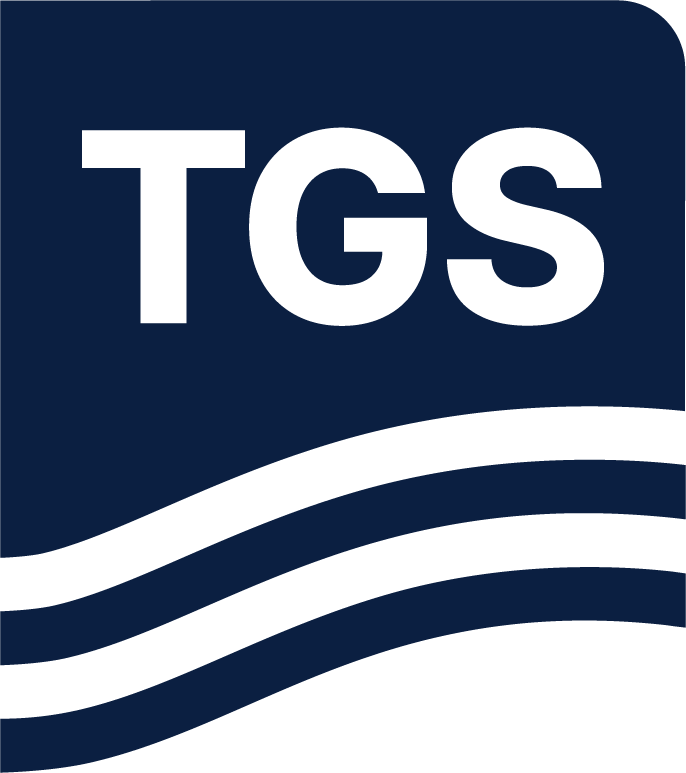Paper Summary
We present an improved depth imaging methodology, which utilizes a high-resolution image-guided tomographic solution that addresses the difficulties introduced by a highly unconsolidated slow velocity overburden, in this case a gas-charged mud-filled trench. The improved workflow allowed the replacement of long-period statics with a more accurate velocity model that solved for the slow velocity overburden. The resulting image yielded a better-focused image with more geologically plausible images. The project consists of 41 OCS blocks of data in the South Timbalier trench of the Gulf of Mexico. The main objectives of this project were to address the ultrashallow water trench static problem and to produce a high-resolution velocity model. In this paper we present an enhanced depth imaging flow using full-azimuth, anisotropic, image-guided tomographic model building and depth imaging on long-offset, full-azimuth ocean-bottom acquisition.

